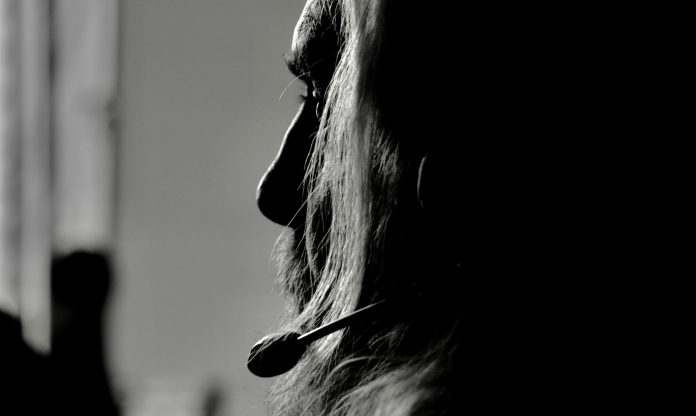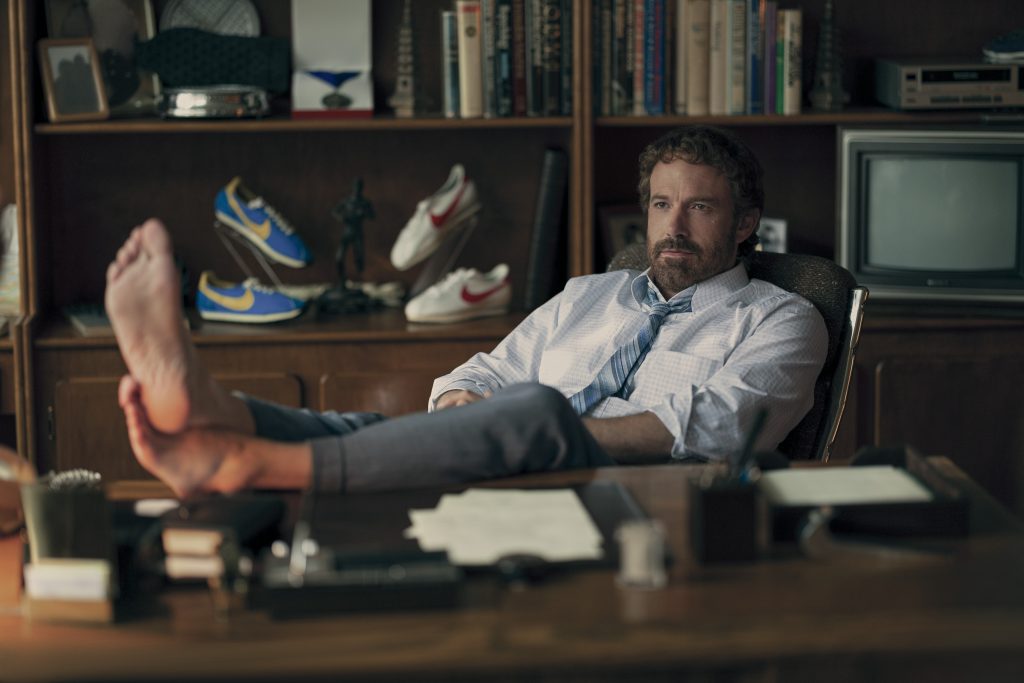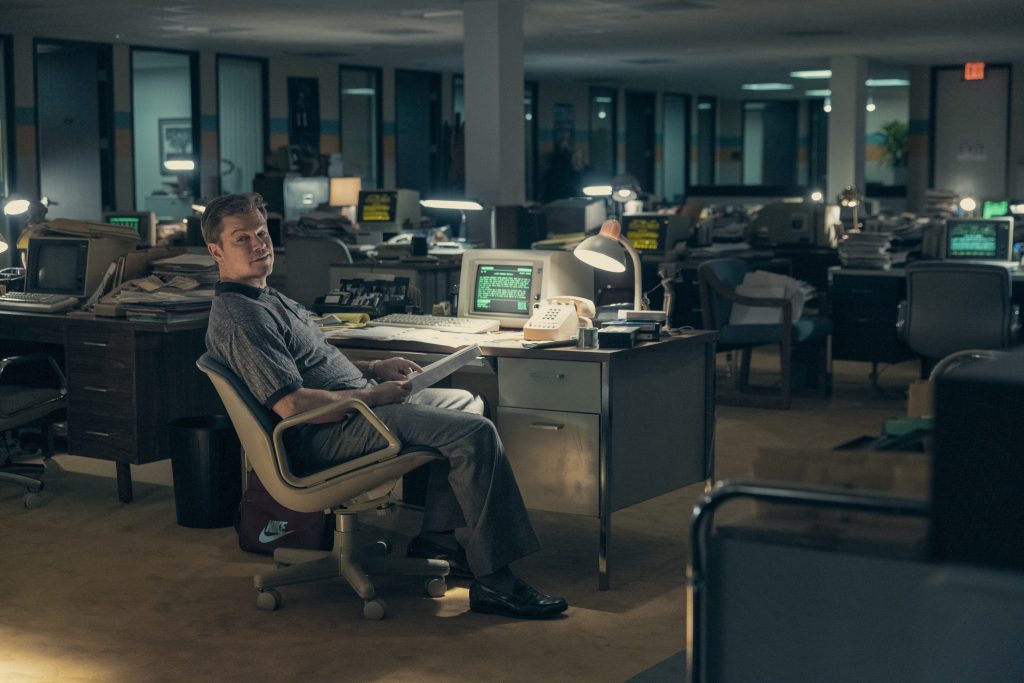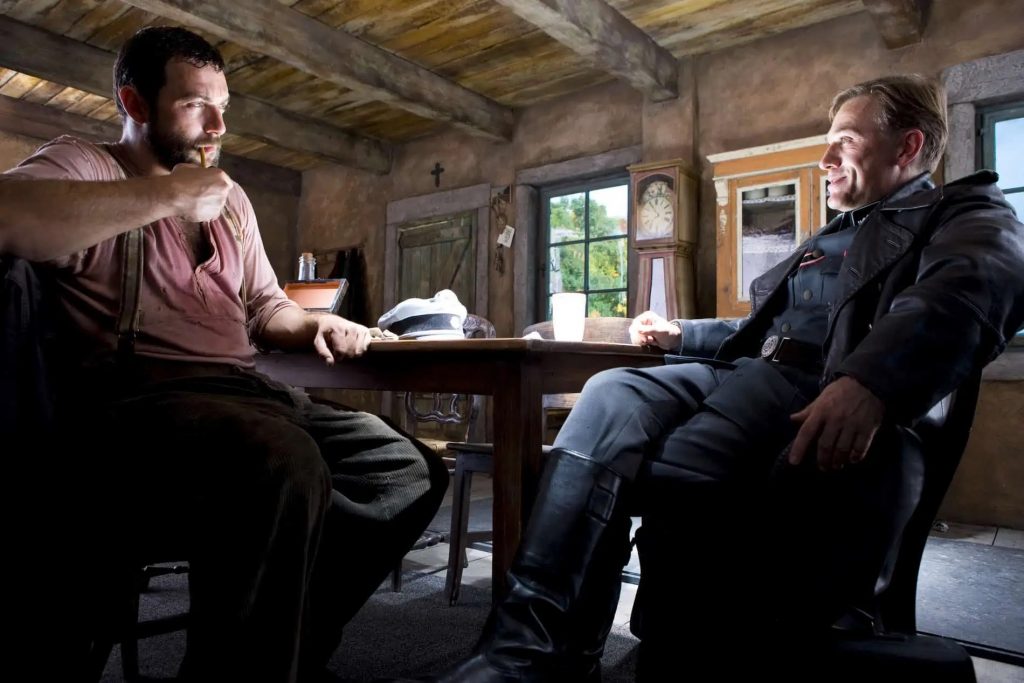
Three-time Oscar-winning cinematographer Robert Richardson almost didn’t work on Air because of The Equalizer 3 but everything ended up working out in the end. Richardson previously worked with director Ben Affleck and their shorthand only continues to improve over multiple projects. According to the cinematographer, working with Affleck isn’t that different compared to his experiences with Martin Scorsese or Quentin Tarantino.
Air tells the story of Nike and its efforts to sign a top pick of the 1984 NBA Draft. The draft would go on to be one of the greatest draft’s in NBA history but nobody knew this at the time. For Nike, however, they wanted to associate their brand with basketball and not just the Olympic sports that people pay attention to every four years. They put all their efforts into signing Michael Jordan even if it meant going directly to the Jordan family rather than the agent representing them. The film makes a rather interesting decision in only showing Michael Jordan from behind, never from the front.
During awards season, BTL News was fortunate enough to speak with Richardson about his rich and subtle work on Affleck’s film.
Below the Line: How are you doing?
Robert Richardson: I’m doing very well. And you?
BTL: I’m hanging in there, all things considered.
Richardson: No work or what’s your situation?
BTL: Being Jewish and dealing with this global rise in antisemitism.
Richardson: Antisemitism. I know.
BTL: Yeah. How quickly did you say yes to doing cinematography on Air?
Richardson: It really wasn’t too much of a question. I would have said yes for Ben without even a doubt. We’d done Live by Night but we’d also done a piece from a private piece. So yeah, I was very willing. I was engaged at that time to start with Antoine—Equalizer. The question was whether it would coincide or not and everyone pushed forward and it went right through.
BTL: Since you’ve worked with Ben Affleck before, how has the shorthand improved in your relationship?
Richardson: Ben is very easy to work with, no matter what. This particular film, he was super, super tight. He saw [it] in his head. Also, the same with Matt. They both were. It was a strong, strong team. I have a shorthand with him from the previous film for certain and doing the piece with he and Jennifer for a song. It was very easy to work with him and a pleasure—so yeah, extraordinary shorthand.
BTL: How does working with Ben differ from that of Quentin Tarantino or Martin Scorsese?
Richardson: Well, all the people you’re talking to have egos and are extremely talented. There’s not a great deal of difference in working with any one of the three you just mentioned. Ben was at the highest level I’ve seen him on this particular project. He was directing, writing, even though writing wasn’t—I don’t know if he’s listed as a writer but I know that he and Matt were working on the script and are extraordinarily tight, extraordinarily tight. Quentin? They’re all different. It’s a little difficult to say which one—that’s a tough question for me as you would well imagine.

BTL: What camera and lens did you use for the film?
Richardson: We used the new Alexa 35. I think we were the first feature film to shoot on it. We had prototypes initially and so some software changes were being made as we went along. Ben and I went to see the camera early in the development of it in terms of public release. Chivo was shooting with it, I believe with Bruno, with Alejandro on television or miniseries—I’m not sure where it was—piece in Europe so they had some experience. I talked briefly to Chivo about it. Great camera.
The lenses were primarily designed by Dan Sasaki. A lot of them weren’t on the list—they don’t exist. One of the things that happens with a Super 35 is that you now are capable of working with older lenses that don’t have to cover large format. It was pretty wide open filming at that time with lenses that fit in a wide format. It’s just very hard because they’ve opened up all the lenses and most of those had gone—all the anamorphics had gone. It was great to be able to go back to some of the things that people have forgotten about, didn’t want to utilize. I felt very fortunate that way and I know Ben did as well.
It also added gave us an added twist, which is number one, we’re learning something with a new camera for certain, but the lenses were old and they helped us find a look which was a little bit more nostalgic and I would say fringed. They don’t have that crystal clear—they don’t feel tremendously present in technology today. There were flawed lenses and we increased the flaws by designing certain attachments to create flares and disruptions in the lenses in terms of distortion. We also have the capability of increasing the weight of one person—one person in particular—and to make the weight of the other person a little less. Ben would grow thinner and Matt would grow wider.
BTL: Interesting.
Richardson: Matt didn’t think so.
BTL: (Laughs) Is there a camera that you like to use in particular?
Richardson: My default right now would be the Alexa 35.
BTL: Were there any films in particular that inspired the look?
Richardson: No, not exactly. We went through a lot of images from the period. He was showing me some of the commercials and things he wanted to utilize early on. That was where our heads were going. But to actually design a lookup table that creates that—no, we weren’t. We just felt we would create a look that didn’t feel today exactly but didn’t feel like it was caught up in trying to do the vibe of a period film and it feels natural about it as possible with a lot of movement.
The writing is superior and with very, very great actors so you’re sitting in a situation where the words are extremely important and it’s moving very fast. It’s a short film. It’s not a long film. Most films—Flower is three hours and what 25 minutes or whatever it is. This is running an hour and a half roughly.

BTL: Was it nice having the film basically shot in one location instead of having to go to multiple locations?
Richardson: There’s a plus and a minus to that. The plus is that, yes, it’s one location. The minus is it was an actual office you’re highly limited to what you can do visually if you want to enhance something beyond moving bulbs into the LED world where you can shift color and intensity, that kind of thing, relatively rapidly.
We also shot in a very short schedule. I don’t know if it’s 28 or 29 days but we came under a few days. But yeah, it’s nice to have that one spot shooting in Santa Monica. I go, Yeah, it’s a pleasure. Not too often do we have that. I also love to alter locations. I think it keeps your mind fresh. This particular piece didn’t need that—it was about working in that office primarily and that’s worked out incredibly well also for the actors because they came in and they knew what they were going to do.
BTL: Did the pandemic change up your usual process on set when it came to lighting?
Richardson: Pandemic, what’s that? I mean, I had gone through Covid with Emancipation, which was the worst experience I’ve had in terms of dealing with Covid. By the time we got to this, Covid was pretty well under control in the sense that yes, you still had to wear masks, etc. but most people were feeling relatively comfortable. It did linger obviously as it lingered all the way through my shooting in Italy afterwards for Equalizer, but it was withdrawing and it had none of the impact on the shooting that happened on Emancipation, which was a stranglehold.
BTL: In winning three Oscars for your cinematography work, how do you manage to stay grounded?
Richardson: I never think of three. I don’t think about it at all, actually. It doesn’t influence me.
BTL: How did you first get an interest in cinematography?
Richardson: I went to University of Vermont to study, of all things, oceanography and geology, which tells you a little bit about how lost I was at that time. I ended up at an Ingmar Bergman Film Festival that the school was putting on—the film society—and after going to The Seventh Seal, Hour of the Wolf, I decided, okay, and I dropped out of all of those.
I basically reoriented my whole life. I just began taking theater, any film classes they had at all, which were mostly theory with Dr. Frank Mitchell and that was it. After two years, I left and went essentially to Rhode Island School of Design, where I studied film, and then to the American Film Institute.

BTL: I’d be remiss if I did not mention that Inglourious Basterds is one of my favorite films.
Richardson: I was just thinking about that movie today—well, for one reason, because of Brad. But I was thinking about that movie. Yeah. It’s an amazing movie—the opening scene—incredible, incredible. I love it. I’m glad that you love it.
BTL: I remember meeting Quentin, and the first thing I mentioned was how much I love that film and that I wished the ending were real.
Richardson: Ah, yes. I mean, particularly now. I mean, I just read an article today—in Germany, a 101-102 year-old survivor of the concentration camps and she was coming in and we’re sitting in a place where, again, antisemitism rising in Germany at a higher level ever since particularly the Hamas incident in Israel, which is, of course, sad. And so yeah, I think you’re right. It would have been wonderful if someone had resolved that issue a little earlier…
BTL: It was so nice to meet you. Thank you so much for your time.
Richardson: My pleasure and take care and don’t let the world get you down too far.
BTL: I’m hanging in there. Thank G-d for comedy movies to try and keep me distracted.
Richardson: Yeah, that and we just have to hope. I mean, war is brutal no matter how you look. What Hamas did is brutal. Anyway you look at it—both sides, when you’re in war, you’re not in a good place. It just—there’s nothing positive about war. Anyway, a pleasure talking to you.
Air is now available to stream on Prime.





